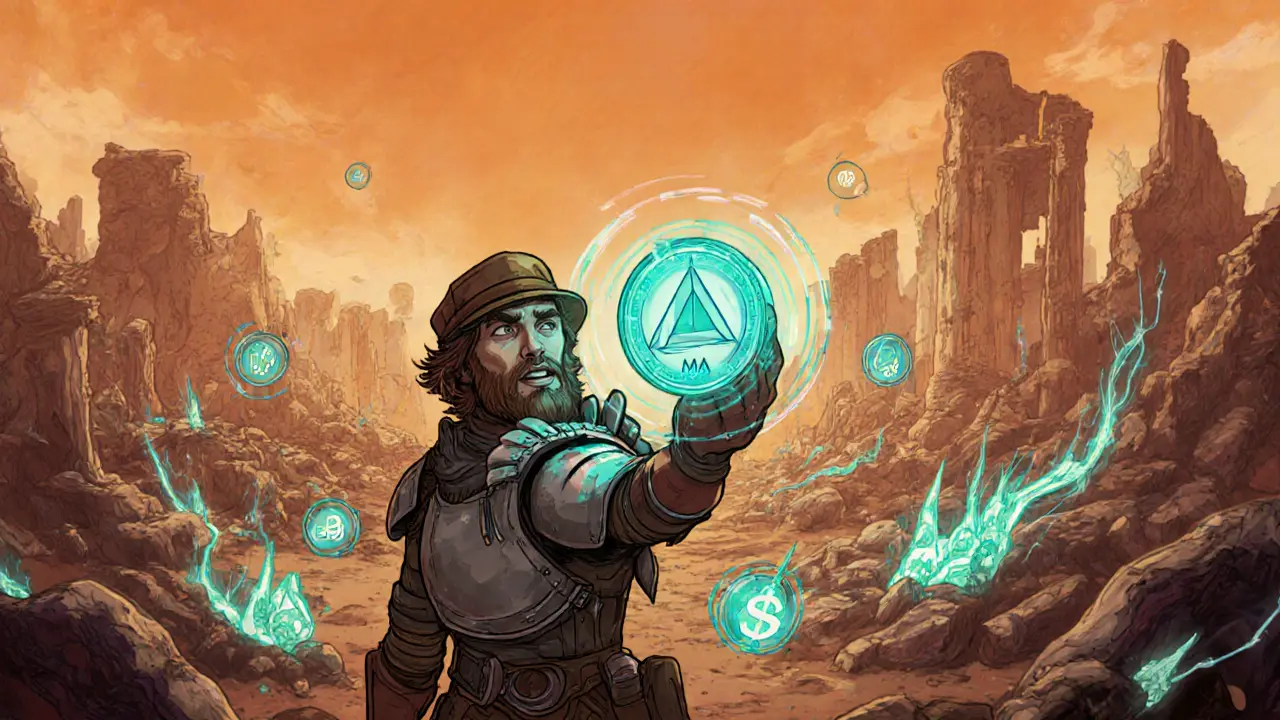MIRA Crypto: Everything You Need to Know
When you hear MIRA crypto, a utility token built on the Ethereum network that aims to bridge DeFi services with real‑world payments. Also known as MIRA Token, it powers a suite of finance tools, rewards holders, and supports cross‑border transfers.
One of the biggest ways users interact with MIRA is through decentralized exchanges, platforms that let you trade without a central intermediary, usually via liquidity pools and automated market makers. These DEXs give MIRA liquidity, price discovery, and instant access for anyone with a wallet. Because the token lives on a public blockchain, tokenomics, the rules governing supply, distribution, and incentives, are transparent and can be audited by any participant. Understanding the supply cap, emission schedule, and staking rewards is crucial before you decide to buy or hold.
Key Aspects of MIRA Crypto
The tokenomics of MIRA features a capped total supply of 200 million tokens, with 40 % allocated for community incentives, 30 % for development, 20 % for liquidity provisioning, and 10 % reserved for strategic partnerships. This mix is designed to balance growth and scarcity, which often fuels price stability. Staking contracts let holders lock up MIRA for up to 12 months, earning a proportional share of transaction fees collected on the network. The fee‑share model creates a feedback loop: more stakers improve network security, which attracts more traders on DEXs, which in turn boosts fee revenue.
Another hot topic is airdrop, a distribution method where free tokens are sent to qualifying wallets to boost awareness and community size. MIRA has run several airdrops targeting early adopters, liquidity providers, and participants in partner projects. These events often come with simple steps: hold a minimum amount of MIRA, complete a KYC if required, and claim through a web portal. While airdrops can inflate short‑term price, they also expand the user base, making the token more attractive for future listings on additional DEXs.
Regulatory compliance is a reality you can’t ignore. Regulatory landscape, the collection of laws, guidelines, and enforcement actions governing crypto assets in different jurisdictions varies widely. In the US, MIRA strives to stay out of securities classifications by emphasizing its utility function, while in the EU it aligns with the MiCA framework by providing clear disclosures. Keeping an eye on regional updates helps you avoid accidental violations and positions you to benefit from emerging green‑light regulations.
From a technical angle, MIRA uses an ERC‑20 contract enhanced with upgradeable modules, meaning future features can be added without disrupting existing holdings. The contract includes anti‑whale measures, such as a maximum transaction size of 1 % of total supply, to curb sudden price shocks. Additionally, the token integrates with a layer‑2 scaling solution, reducing gas fees for everyday transactions—a crucial factor for users who want to move money across borders quickly and cheaply.
Community engagement drives much of MIRA’s momentum. The project maintains an active Discord, weekly AMAs, and a transparent roadmap that lists upcoming integrations with payment processors, NFT marketplaces, and DeFi lending platforms. When the team announces a new partnership, you’ll often see a spike in DEX volume as traders anticipate increased utility. Monitoring these community signals gives you a real‑time pulse on where the token might head next.
If you’re weighing whether to add MIRA to your portfolio, consider three practical steps: first, review the tokenomics sheet on the official site to confirm the supply dynamics; second, check the liquidity depth on your favorite DEX to ensure you can enter and exit without slippage; third, verify that the latest airdrop criteria match your holding pattern and that you’re compliant with your local regulations. These actions turn vague hype into concrete decision‑making.
Below you’ll find a curated collection of articles that dig deeper into each of these areas—regulatory updates, airdrop guides, exchange reviews, and tokenomics breakdowns. Dive in to get the nuts‑and‑bolts details you need to navigate MIRA crypto with confidence.
Chains of War (MIRA) Crypto Coin Explained - Token, Game, and Price
Posted By Tristan Valehart On 17 Mar 2025 Comments (25)

Learn what Chains of War (MIRA) crypto coin is, how it works within the Cardano gaming ecosystem, its market performance, and risks before you consider investing.
READ MORE